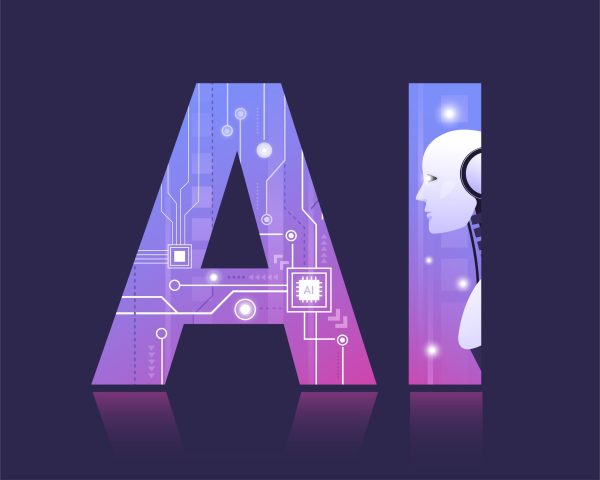Software development has come a long way since its inception – from punch cards and assembly code to modern frameworks and agile methods. However, as technology advances, so do the complexities that developers face. Any small glitch or vulnerability can now have devastating consequences. That’s why software quality assurance (QA) is more important than ever.
The Trouble with Tradition
Traditional testing and QA approaches are necessary, but may struggle to keep up with the fast pace of development cycles in today’s software projects with their ever-changing requirements. Automated tests are expensive and may soon become obsolete as software changes, and they also require significant upfront investment. Manual testing, on the other hand, is tedious work that often leads to errors due to its limited scope.
Introducing Human-AI Collaboration
This is where human-AI collaboration comes into the picture: an approach that redefines software quality assurance by combining artificial intelligence (AI) with human intelligence (HR). Developers can enhance their skills and speed up QA processes using AI, leading ultimately to more efficient software development and higher-quality products.

The AI Advantage
When it comes to software quality, there are many advantages to AI. Machine learning algorithms can analyze large amounts of data and identify trends that would be missed by human testers, as well as find rare edge cases. Additionally, AI can automate repetitive tasks so developers have more time for complex and creative parts of a project.
Still, artificial intelligence is not a cure-all; it needs human supervision, too. That’s where the real power of human-AI collaboration lies. Combining AI’s analytical powers with humans’ intuitive problem-solving skills allows software teams to achieve levels of quality that neither method could reach alone.
Enhancing Code Quality with AI
Code quality evaluation is one area where machines and humans can work together. For instance, there are AI-powered devices that highlight possible problems in code such as security flaws, performance issues, or even violations in coding style. They can also utilize a free AI checker to detect whether a text was written by humans or machines, thus protecting the trustworthiness of the codebase.
Seeing this problem at its early stage during development can save the team’s resources from expensive errors and rework later on. In addition, developers can produce more dependable codes that are easy to manage through AI-based analysis that gives actionable suggestions for enhancing the quality of codes.
Intelligent Test Case Generation
Another breakthrough in software quality is intelligent test case creation. Traditional test case design heavily relies on manual work and domain knowledge, which often results in biased or incomplete test suites. On the other hand, AI algorithms can automatically generate comprehensive and unbiased test cases by examining the application’s requirements, data flows, and execution paths.
By mixing human-designed test scenarios with AI-generated test cases, teams can achieve wider coverage, discover corner cases, and enhance overall testing effectiveness. This cooperative method not only saves time and resources but also elevates the general standard of the software product.
Continuous Integration and Deployment
To keep up with the rapidly evolving software development industry, it’s important to utilize continuous integration and deployment (CI/CD) methods. However, these procedures can be hard to manage or keep track of, especially when dealing with more intricate applications.
One solution is to employ artificial intelligence as a means of automation for code reviews, static analysis, and performance monitoring; this can help streamline CI/CD processes through human-AI collaboration. By working alongside a machine, teams can identify problems earlier in the pipeline so that they are fixed quickly without delaying delivery continuity.
The Future of Human-AI Collaboration
Unrealized potential is what collaboration between humans and AI in software quality assurance has. As AI technology continues to grow and become more widely accessible, we should expect to see cutting-edge applications in this area.
For instance, intricate testing scenarios may be guided by virtual assistants powered by AI while giving suggestions and real-time feedback. Additionally, AI can be used to generate realistic test data by simulating real-world conditions and edge cases that are difficult to replicate manually.
Besides, intelligent software systems that are genuinely smart could be achieved through the incorporation of AI into development environments. Such self-healing programs would autonomously detect and fix problems with little human intervention needed.
Embracing the Collaborative Future
While utilizing AI to enhance software quality assurance is an exciting prospect, it’s imperative to handle this paradigm shift with prudence and equilibrium. Artificial intelligence (AI) is a powerful tool to complement and improve human abilities, not to completely replace them.
Human-AI cooperation in software teams requires open communication, transparency, and a culture of trust. AI technologies must be used, and developers and testers must work closely with them, providing guidance, supervision, and subject matter expertise.
Organizations must also make investments in upskilling and educating their employees to guarantee that they can work with these systems and effectively utilize AI solutions. Software teams may fully realize their potential by cultivating a growth mentality and a collaborative atmosphere.
In conclusion, human-AI collaboration is poised to redefine the landscape of software quality assurance. By combining the strengths of human intelligence and artificial intelligence, software teams can achieve unprecedented levels of quality, efficiency, and innovation. As we navigate this exciting new era, it’s essential to embrace a collaborative mindset and continuously adapt to the ever-evolving technological landscape.


Leave a Reply